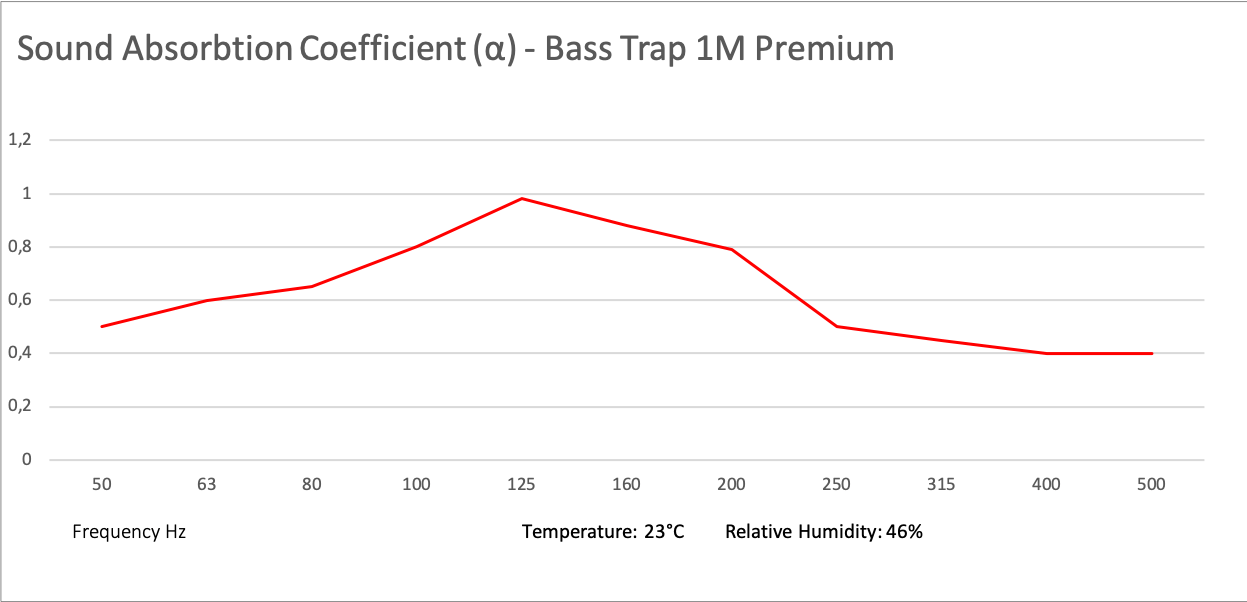@EEE272 Can you share which page/chapter of the book describes 0.4db/oct roll-off as optimal?
Sure, I have the third edition of the book and don't know if the text differs in previous editions.
On p345 he mentions this 0.4db curve and calls it "an attempt is made to arrive at a room curve that might result from a "perfect" loudspeaker".
How he got there is explained in more detail on p368. He took the 6 top rated speakers and their in room response. They all match up very well (he even makes this point by checking out the measurements of a reviewer).
These curves are all close to the 0.4dB.
The Kef R3 is top rated, so I would have expected it to be similar as well.
p 344 he compares this curve of the 6 top loudspeakers to the "Dirac room curve" and shows that they basically match up.
There is a lot of "might" and "could" here of course...

I also really do not want to claim that there cannot be an excellent sounding loudspeaker with a different tilt. Nevertheless, it seems that the excellent sounding loudspeakers in the HK tests shared the same characteristic in terms of falloff in their standardized test room. As the louspeaker subjective quality correlates with the Olive score, a high Olive score (which the Kef has) is likely to correlate to a similar result. Hence, my expectation.
In any case, one should not temper with the HF, if the on-axis is flat, which he explained in the early chapters. This aligns with p371, where he argues that, above the transition frequency, speakers (if calibration is to be applied) should only be calibrated for on-axis direct sound.
When seeing the first measurements, I did not want to exclude that there is an extreme influence of the room but I was suspecting already that the measurement setup was more likely to be the cause. With the new curves, we see that the room is not "special" and the measurements match up.
That the room can have an influence is shown on p377. It shows the impact of the room and the distance to the speaker using a figure showing indicating how reflections lead to a less flat response and distance leads to a stronger falloff above 6-10K.
For really large rooms, this air attenuation and reflections, seem to be the reason that the "optimal/ideal" curve is also more tilted (this is discussed in the X-Curve chapter, where some researchers even suggest a tilt, flat, tilt as a preferred curve to have influence of air, flat response, and then some bass boost). In our domestic homes the 0.4 seems to match up really well (Toole estimates on p371 that "loudspeakers with flat on-axis and well-behaved directivity will fit within the tolerances, without equalization above about 200 Hz").

